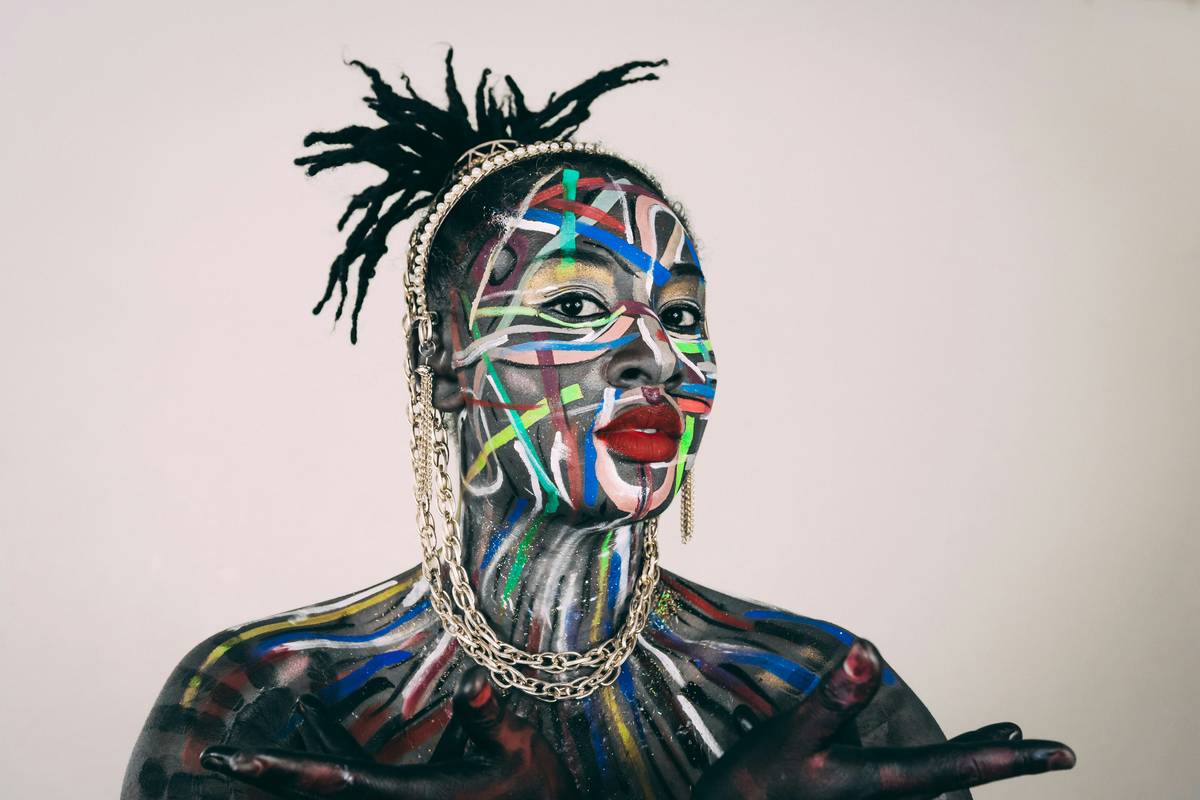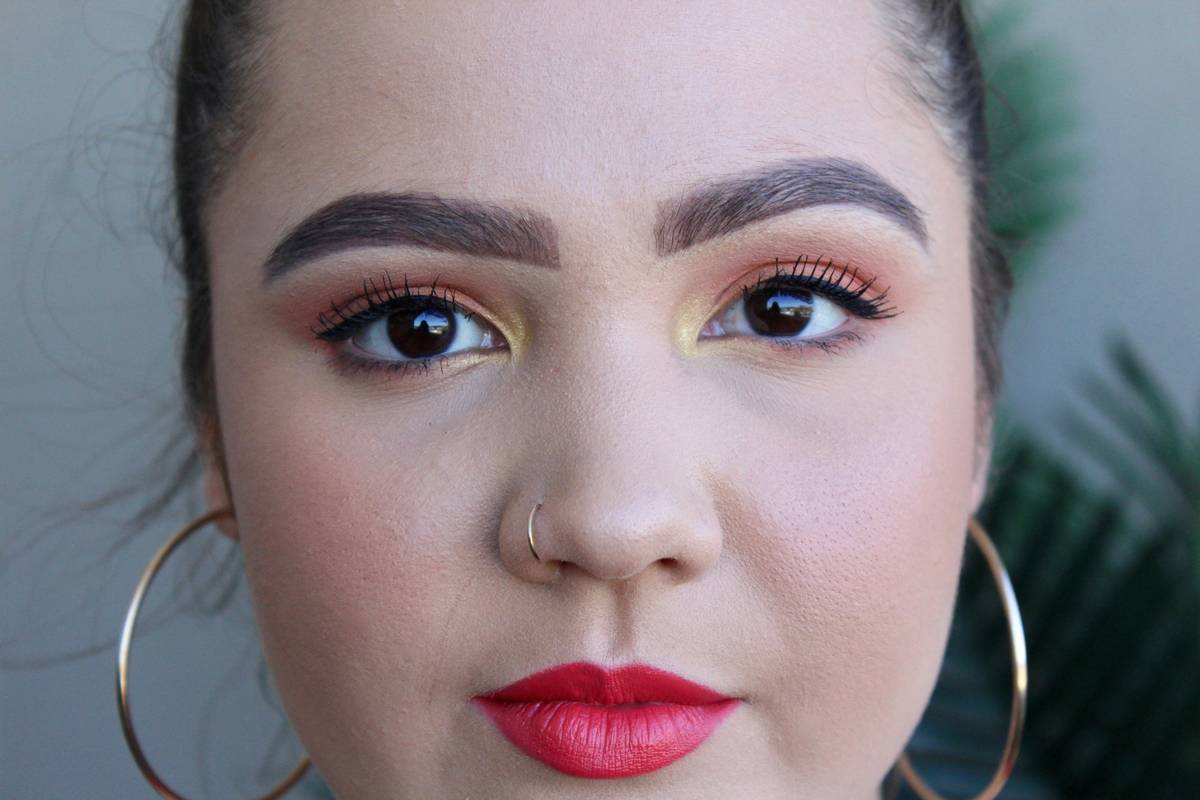Ever stared at an editorial photoshoot and wondered, “How do they make the face look so sharp yet ethereal?” Spoiler alert: It’s not just good lighting. The secret lies in mastering editorial face makeup, a skill that combines creativity, precision, and a dash of drama.
In this guide, we’ll unravel everything you need to know about crafting jaw-dropping editorial looks—from dealing with tricky lighting on set to choosing products that last through hours of shooting. You’ll discover techniques used by pros, my biggest fails (yes, I once applied foundation two shades too dark during a photoshoot), and even some brutal honesty about over-hyped tools. Ready? Let’s dive in!
Table of Contents
- Why Editorial Face Makeup Matters
- Step-by-Step Guide to Creating Editorial Looks
- Pro Tips for Perfecting Your Craft
- Real-Life Examples from Top Makeup Artists
- Frequently Asked Questions About Editorial Makeup
Key Takeaways
- Editorial face makeup emphasizes bold, clean lines while keeping skin looking flawless.
- Product longevity is crucial; invest in high-quality primers and setting sprays.
- Master contouring and highlighting techniques to add dimension under harsh lighting.
- Avoid trendy gimmicks—focus on timeless skills instead.
- Practice regularly using both natural and artificial light to mimic real-world conditions.
Why Editorial Face Makeup Matters
Let’s get one thing straight: Editorial makeup isn’t your average everyday glam. Think of it as couture fashion—it’s dramatic, intentional, and purposefully bold. This type of makeup has to stand out in glossy magazines, billboards, or online campaigns where every detail is scrutinized.

Image description: A side-by-side comparison highlighting the intensity and polish of editorial face makeup compared to regular daily makeup.
But here’s the kicker—it doesn’t stop at beauty. Badly executed editorial makeup can ruin a shoot faster than you can say “Photoshop.” That time I accidentally smudged eyeliner across a model’s cheek? Yeah, that cost us an extra hour of reshoots. Lesson learned: Always have Q-tips handy!
Step-by-Step Guide to Creating Editorial Looks
Step 1: Prep Like a Pro
“Optimist You:” ‘Start with glowy, hydrated skin.’
“Grumpy You:” ‘Ugh, fine—but only if you’ve exfoliated beforehand.’
Prepping the canvas is non-negotiable. Cleanse, tone, and moisturize the skin, then apply a mattifying primer to keep shine under control. For dewy finishes, skip heavy layers and let skincare do most of the work.
Step 2: Foundation Fit for Royalty
Choose full-coverage foundations designed for longevity. Apply thinly with a damp Beautyblender for seamless blending. Blend—you heard me!
Step 3: Sculpt Those Cheekbones
Contouring is where the magic happens. Use cream formulas for soft edges and powders for defined cuts. Blend upwards toward the hairline for lifted effects.
Step 4: Add Drama with Eyes
Eyes are the focal point of editorial looks. Experiment with graphic liners, metallic shadows, or winged lashes. Don’t be afraid to go big—but remember balance is key.
Step 5: Seal the Deal
Spray a hydrating mist followed by a firm-setting spray. Voila! Your masterpiece should stay intact till midnight.
Pro Tips for Perfecting Your Craft
- Test Products First: Never try something new on a client without testing its durability.
- Use Natural Light Whenever Possible: Artificial lights can distort colors, leading to mismatched tones.
- Keep Toolkits Organized: Misplaced brushes? Chaos ensues.
- Avoid Overloading: Layers upon layers don’t equal glamour—they equal cake face.
Note: Here’s a terrible tip—I once thought glitter eyeshadow was universally flattering. Turns out, it only works well when strategically placed, otherwise it looks like a disco ball exploded on someone’s lids.
Real-Life Examples from Top Makeup Artists
Take Pat McGrath, dubbed “Mother of Makeup.” Her work for Vogue covers often features exaggerated brows paired with striking pops of color—proof that restraint meets innovation perfectly.
![]()
Image description: An eye-catching editorial spread showcasing vibrant blue eyeshadow paired with sculpted eyebrows.
Frequently Asked Questions About Editorial Makeup
Q: How long does it take to create an editorial look?
A: Typically 1-2 hours, depending on complexity.
Q: Do I need expensive tools?
A: Not always, but investing in quality brushes and durable products helps.
Q: Can beginners achieve editorial-level results?
A: Absolutely, with practice and patience!
Conclusion
Congratulations! You’re now armed with the knowledge and confidence to tackle editorial face makeup. Remember, perfection comes from repetition—not obsession. Now grab those brushes, channel your inner artist, and slay those shoots!
P.S. Like trying to perfect winged liner in middle school, growth takes time. But hey, Rome wasn’t built in a day, right? 🦋✨


